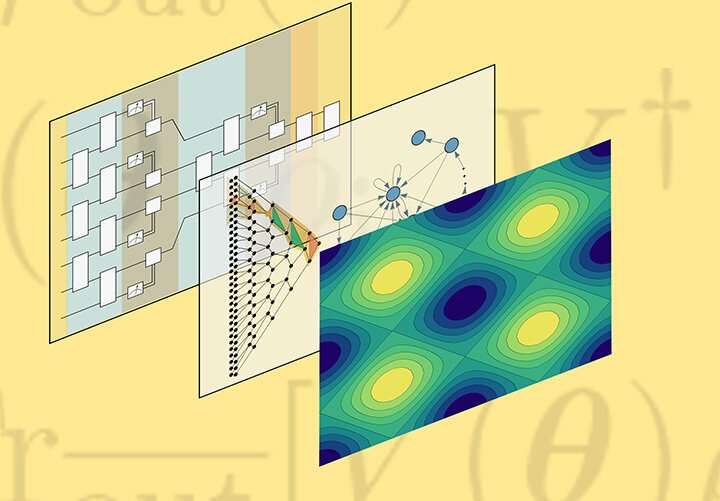Promising new hydrogen fuel cell technology has up to 50% higher performance than current state-of-the-art technology, with improved durability.
The grooved electrode design advance may help optimize next-generation fuel cell technology to power emission-free medium- and heavy-duty transportation.
"We had a theory that by reimagining the way electrodes are designed we could achieve improved performance," said Jacob Spendelow, materials scientist with the Los Alamos National Laboratory team that described its results in the journal Nature Energy.
"We had a theory that by reimagining the way electrodes are designed we could achieve improved performance," said Jacob Spendelow, materials scientist with the Los Alamos National Laboratory team that described its results in the journal Nature Energy.
"One of our biggest takeaways is that novel materials are not the only route to improve performance. The way the materials are put together can be equally important.
"All we did was take conventional commercially available materials and change the way we put them together to change the microscale architecture, and that resulted in substantially higher performance."
Hydrogen fuel cells—and specifically a version of the technology called proton exchange membrane fuel cells—represent an emission-free engine design that uses hydrogen as a fuel. Fuel cells could transform the medium- and heavy-duty transportation sector, which has been difficult to decarbonize. READ MORE...
"All we did was take conventional commercially available materials and change the way we put them together to change the microscale architecture, and that resulted in substantially higher performance."
Hydrogen fuel cells—and specifically a version of the technology called proton exchange membrane fuel cells—represent an emission-free engine design that uses hydrogen as a fuel. Fuel cells could transform the medium- and heavy-duty transportation sector, which has been difficult to decarbonize. READ MORE...




